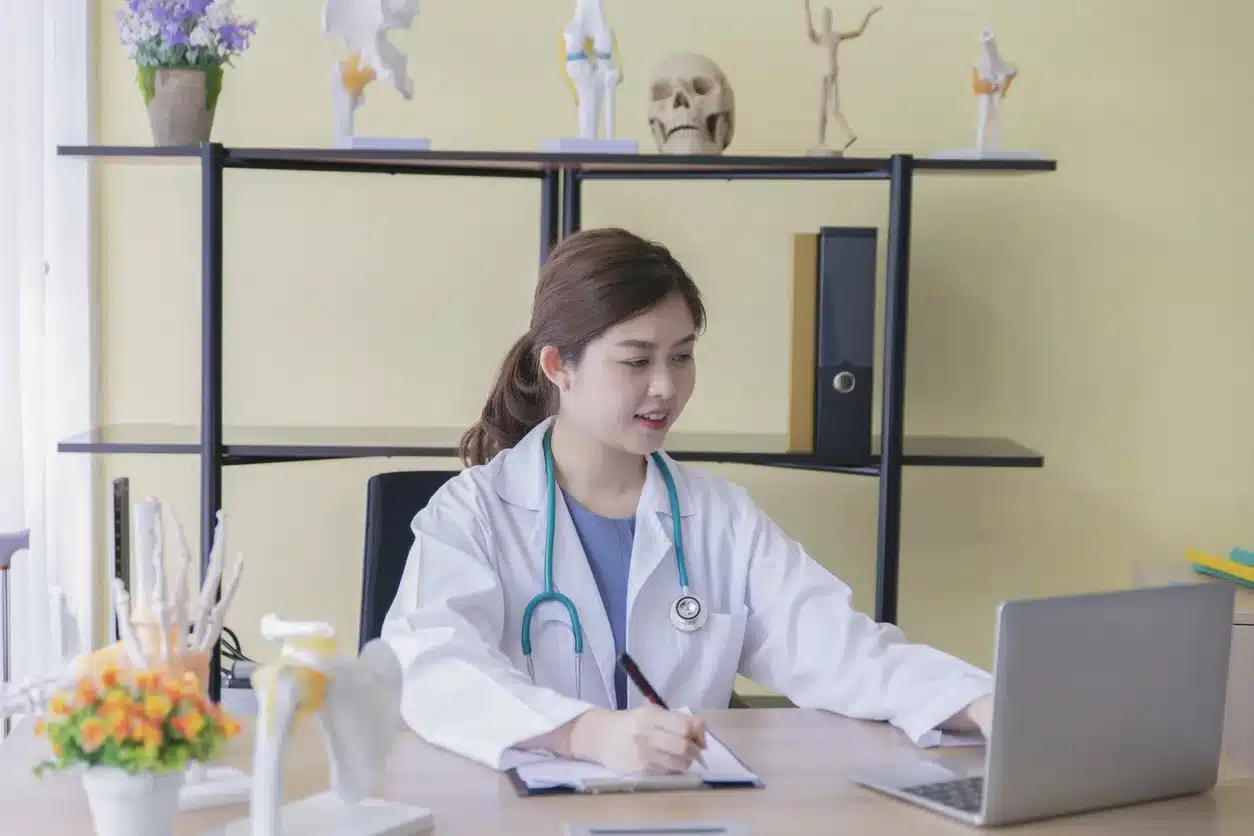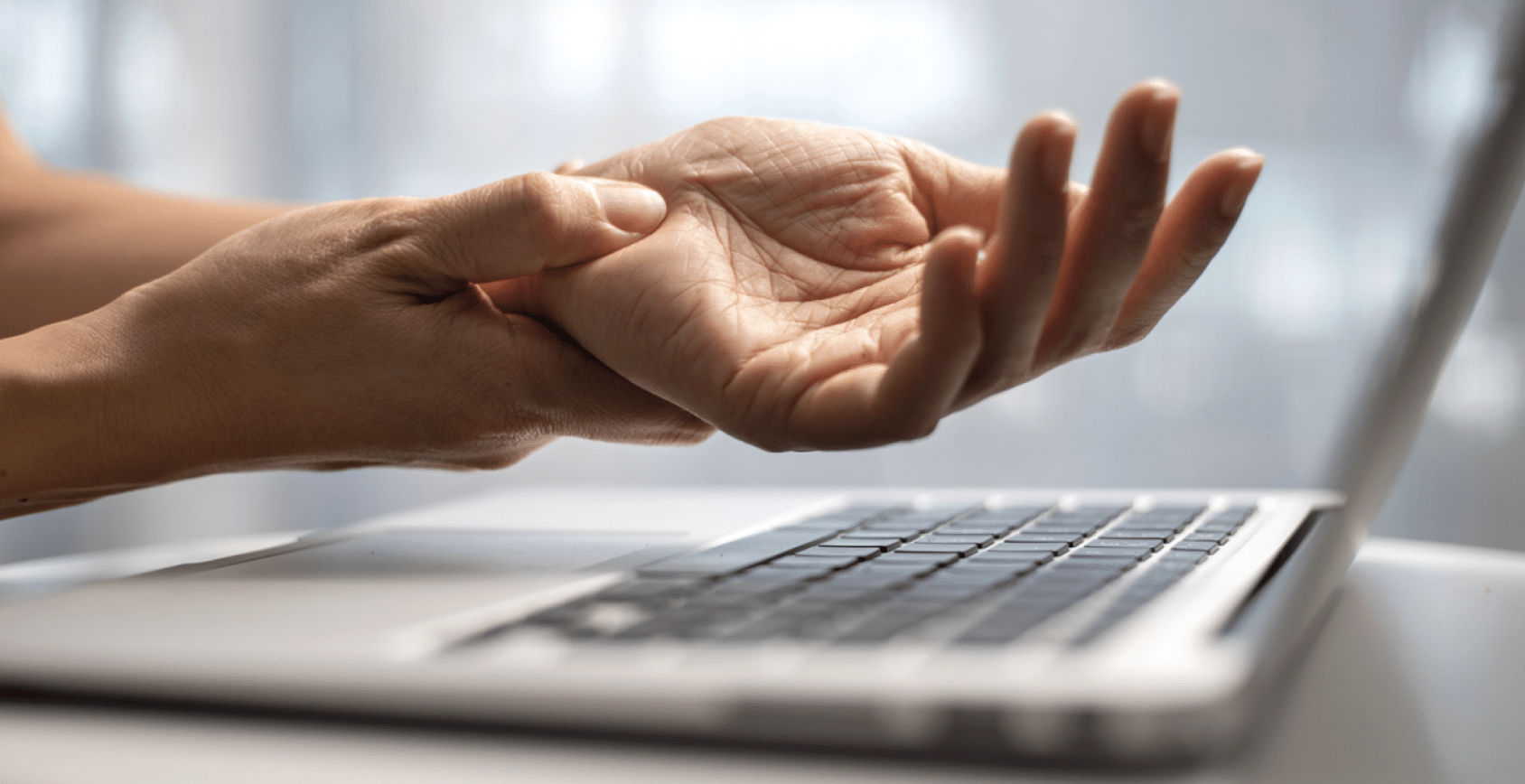BLS, ACLS, PALS, First-aid and CPR Classes in San Francisco - Mission Bay
Course Registration
Safety Training Seminars offers American Heart Association CPR, BLS, ACLS, and PALS courses in San Francisco Mission Bay, CA. This San Francisco CPR training office is close by the the following communities in San Francisco: Dogpatch, Downtown, Mission Bay, and Potrero Hill.
If you live in SF, you can take a BLS, ACLS, or PALS course near you. We can teach CPR & First-aid classes at your location any day of the week. Ask us about our group discounts.
If you are already registered for a course, please read the important information below about your upcoming course.
Important Information About Your Upcoming Course In San Francisco
Directions to San Francisco CPR Classroom in Mission Bay
Mandatory Videos To Watch Before your Course
Our studies have shown that those who watch the videos increase their chances of passing by about 50%.
If you do not watch the videos, you will still probably pass, but you will be spending a lot more time in the classroom.
Please spend a few minutes watching the two videos below.
RQI Online Course – What to Expect
You can start and stop the online course as needed. You must use a computer or tablet while taking the American Heart Association online course (a phone will not work). The BLS Heartcode online course is adaptive to your current level of knowledge.
As such, the length of the online course is variable depending on your experience and skill level. (BLS: 1-2 hours, ACLS or PALS 3-4 hours)

Day of Skills Testing – What to Expect
Show up to your San Francisco CPR testing location on the registration date and time you selected with your RQI login and the entry instructions that were texted/emailed to you. After you put on a pair of gloves, enter your login and password on the computer (use the keyboard or touch screen). Follow the on screen directions to activate your skills session.
The VAM (voice assisted manikin) will guide you through the skills testing. An instructor will not be present, but you can call our office during your session if you have any questions. We have a dedicated and friendly team to help you if you need assistance.

RQI Skills Testing - How to Pass
♥ Watch the review videos above to save time at your skills testing.
♥ Make sure you allow full chest recoil.
♥ Switch rolls quickly when doing 2-person CPR (within 5 seconds).
♥ Pause when you see a Red Stop icon & the computer says Do Not Interrupt
♥ Count out loud when doing CPR compressions.
♥ Use the step stool under the manikin if needed for better leverage.
♥ When giving breaths with the Bag Valve Mask, tilt the head back & lift the chin.
♥ You will receive your certification card on the day of the class.

Performing CPR is Physically Exhausting
By registering for a CPR certification class, you understand that performing chest compressions on the manikin can hurt your hands, wrists, arms, or body. If you have any pre-existing physical limitations (pain, carpal tunnel, weakness, or injury), we suggest you wait until you are feeling better.
If you become tired or run out of time and need to come back to complete your skills, call our office. We can reschedule you for no extra fee. Or you can stay in the room to finish up your skills.

CPR and First-aid Classes in San Francisco, CA
CPR and First-aid classes are essential life-saving skills that can make a significant difference in emergencies. In San Francisco, CA, there’s an abundance of these classes available for anyone interested, from medical professionals to ordinary citizens who wish to equip themselves with these crucial abilities.
Cardiopulmonary Resuscitation (CPR) is a lifesaving technique used in emergencies such as heart attacks or near-drownings, where someone’s breathing or heartbeat has stopped. By compressing the chest and performing artificial ventilation, it helps keep oxygenated blood flowing to the brain and other vital organs until further measures can restore regular heart function.
First-aid, on the other hand, is the immediate assistance given to any person suffering from either a minor or serious illness or injury. The aim is to preserve life, prevent the condition from worsening, and promote recovery. It involves initial intervention in a serious condition before professional medical help is available, such as performing CPR, cleaning minor wounds, or setting limbs in case of fractures.
There are various types of CPR and First-aid classes available. Some are designed for medical professionals, while others are geared towards the general public. They range from comprehensive courses that cover all aspects of First-aid and CPR, including Automated External Defibrillator (AED) training, to specialized classes focusing on particular areas like infant or child CPR.
The classes are typically structured around practical, hands-on training sessions guided by experienced instructors. This approach ensures that participants not only understand the theory behind these life-saving techniques but also can apply them correctly in real-life situations. Most classes incorporate the latest guidelines and best practices in their training, ensuring that participants are up-to-date with the most effective methods.
CPR and First-aid classes in San Francisco are often offered at convenient times and locations, with many providers offering evening and weekend sessions. Some also provide the option of online learning for the theoretical part of the course, followed by a practical session in person. This flexibility allows people to fit the training into their busy schedules.
The benefits of taking CPR and First-aid classes are manifold. Beyond the obvious advantage of potentially saving a life, these skills also boost confidence and preparedness in emergency situations. They empower individuals to act swiftly and effectively when every second counts rather than feeling helpless or relying solely on professional help that might be minutes away.
Moreover, many employers in San Francisco, especially in industries like healthcare, education, and construction, value these skills highly. In some cases, they are even mandatory job requirements. Therefore, having a certification in CPR and First-aid can increase job prospects and career opportunities.
In conclusion, CPR and First-aid classes play an essential role in fostering a community of responsible, empowered citizens capable of responding effectively to emergencies. In a bustling city like San Francisco, where incidents can occur unexpectedly, having these skills can make a real difference. Whether for personal growth, professional development, or the sheer ability to save lives, these classes are an investment worth considering.


